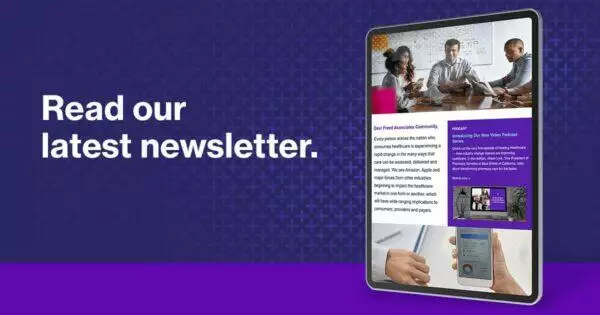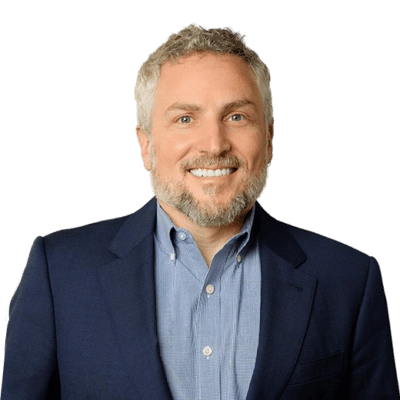How a Home Health Provider Improved Patient Satisfaction
A widely used home health and hospice care program of a major health care system was not meeting its standards for inbound call responsiveness, potentially jeopardizing the program’s business and reputation.

Problem to Solve
Anyone who’s served as a caregiver at home or needed ongoing medical assistance themselves knows the vital importance of getting professional external care assistance when and where it’s needed.
A widely used home health and hospice care program of a major health care system was not meeting its standards for inbound call responsiveness, potentially jeopardizing the program’s business and reputation. On weekdays, patient and caregiver calls to the program were handled by the health care system’s out-of-state call center. While call center staff could handle routine questions on topics like scheduling, they were not equipped to handle care-related inquiries. These kinds of questions required transfer to local program staff members. At times, transfers would go unanswered, drop or otherwise get mishandled.
The program’s leaders knew they could no longer rely on the call center without antagonizing their clients and referral sources. Patient and caregiver calls needed to go directly to the program’s local offices, but how to bring such calls in-house? The program turned to Freed Associates (Freed) to apply its operational experience toward transitioning inbound calls to local program offices.
Strategy and Tactics
To an outsider, the program’s call center transition needs might seem as simple as pushing a few buttons to routinely re-route inbound calls. If only it were that easy. The program’s needs included identifying and designing the ideal call flow for each of the program’s more than two dozen service offices, scattered across a wide regional geography. It also entailed ensuring each of these offices would be properly staffed and trained for directly answering patient and caregiver calls.
Most critically, the program needed an appropriate telecommunications partner to assist with the transition and be sure that all future calls would be handled properly, no matter what. Contingencies mattered greatly. For example, what if Office A suffered a power failure or was otherwise out of service? How would Offices B, C or D be available to step in and pick up the slack? Or what if all of an office’s inbound lines were temporarily in-use? Rather than unacceptably subjecting callers to “call hold hell” or a busy signal, these calls needed to be routed and handled expeditiously.
Freed managed all aspects of the call center transition. The engagement began with Freed working to understand and analyze all aspects of the program’s inbound calls. What types of patient calls were most prevalent and when? Which program staff members would be most appropriate as the “first line” to handle such calls, who would be their back-ups, and who would back up the back-ups? What was the average length of time, data requirements and typical responses provided for such calls? How would calls after-hours or on weekends or holidays be properly handled?
Once Freed determined answers to each of these prior questions and identified the right telecommunications partner for the program’s unique needs, it began designing an optimal call flow for the program’s offices. These call flows would be service-line based. For example, an inbound call related to home health rehabilitation might be much different than one needed for home-based hospice care.
As part of designing call flow trees for each location and service line, it quickly became apparent that program staff members needed to be rigorously prepared and trained to handle initial inbound calls and have proper educational resources available. For instance, what if a caller was requesting information outside the scope or expertise of the responding staff member? Who would be the most appropriate referral resource for reply?
Freed worked with and trained staff members at each program location so they would be prepared for their new slate of inbound calls, oversaw testing of the entire calling system to ensure that it worked, and provided go-live support at the time of transition. Whether all of these efforts succeeded would quickly become apparent on the first day that calls began routing directly to program offices.
Results and Conclusion
The transition of inbound patient/caregiver calls from the system’s call center directly to program offices was a success, and overall the process proceeded smoothly. Most importantly, for the sake of the program’s business success and reputation, inbound callers were much more satisfied with the new and more direct and efficient approach toward call-handling via program staff. Similarly, staff members reported a higher degree of satisfaction that their callers’ needs were being properly met.
As the program’s new inbound call system progresses, additional operational enhancements will be made to improve the overall caller/respondent process. The program now has a much more solid client service foundation to rely on than when its inbound calls were previously outsourced.


